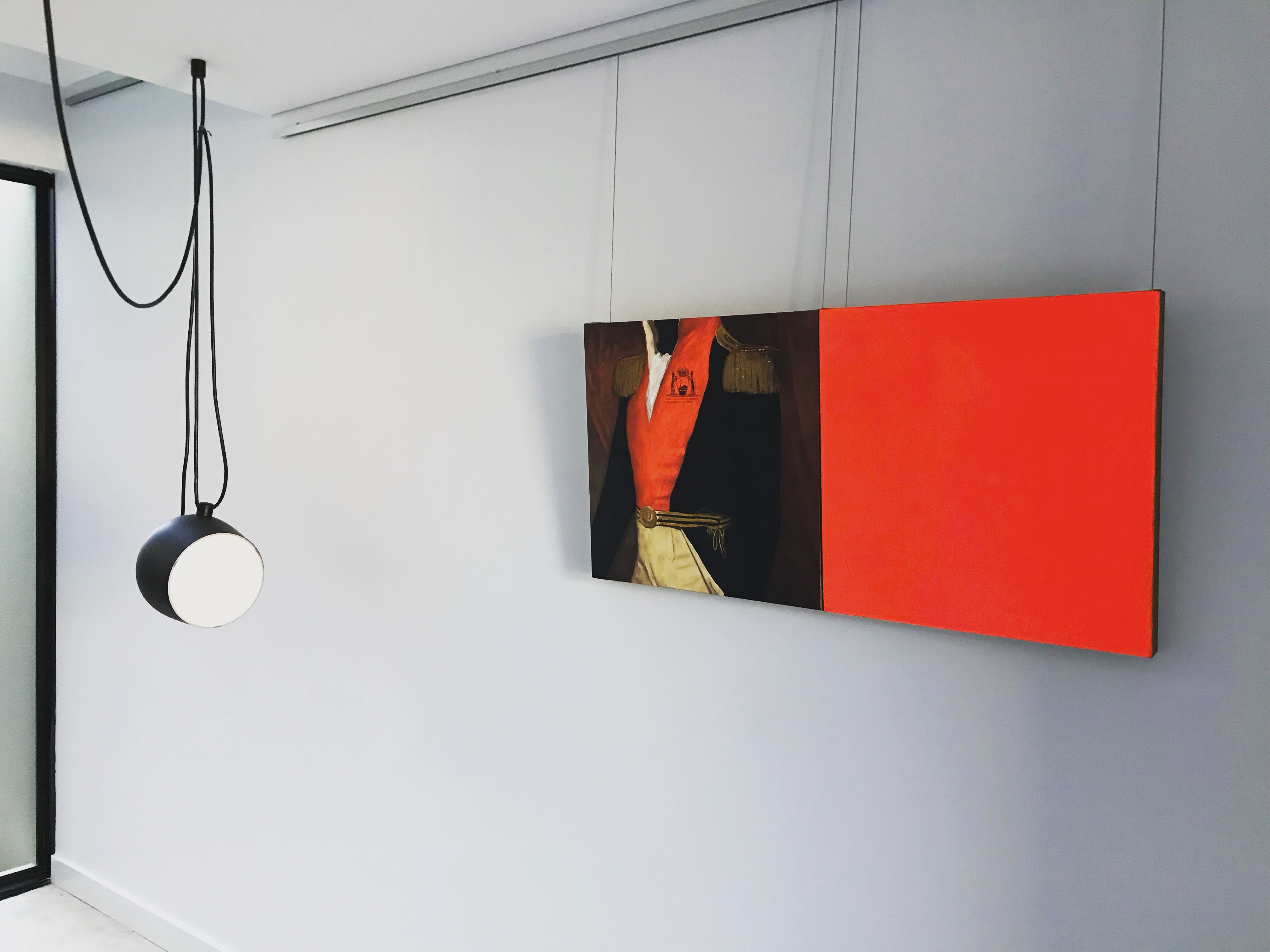Leah Robbie is a Perth-based creative practitioner, having graduated with the joint degree from UWA and Curtin University at the end of 2018. She sat down with Arts Editor Stirling Kain to discuss her work, and her role as the Owner and Director of Swanbourne gallery, The Lobby.
Stirling Kain: In your own words, describe your creative practice, and involvement in the arts industry.
Leah Robbie: I am the Director of The Lobby, and I’m currently in the process of settling into a new role at Artsource, where I run their ‘ArtLease’ program and manage their 7 studio locations. I also volunteer at Spectrum Project Space [Editor’s note: a Perth gallery.] on the odd occasion. I’m presently, working with group of artists known as ‘Destabilising Walls’, as their Curator and we’re working towards an exhibition that will be held in 2020. Next year, we’ll be altering The Lobby’s program format to accommodate emerging curators, so I’ll be curating an exhibition at The Lobby too.
S.K: The Lobby is an exhibition space housed in a domestic sphere – your home. Do you see yourself as paving a new model for galleries?
L.R: Domestic spaces have actually existed longer than commercial exhibition spaces. More specifically in Perth, exhibitions in domestic environments were prominent between the 1890s through to the early 1960s, up until commercial gallery models such as Skinner Galleries became popular.
S.K: What do you find appealing specifically about the domestic gallery model, over the commercial model?
L.R: In a domestic space, there are no real overheads, and there are fewer overheads for the artists, too. This means that they have more freedom to go in whichever direction they want with their work without having to worry too much about recouping exhibition costs. Visitors are more relaxed, as well. The space itself is a play on the white cube, but in a sense, it’s not – it’s domestic, and it feels homely and relaxed. The space only really becomes a gallery on the opening night.
S.K: In the process of deciding which artists and what art to exhibit at The Lobby, what is the main thing you look for?
L.R: Every artist is required to complete a proposal form when they apply, which includes a 500-word essay. The applications are assessed on the strength of their proposal. So, it’s not just based on whether I like the art or the artist. I have a selection-criteria that I adhere to when selecting an artist.
S.K: Who are the kinds of artists you exhibit at The Lobby?
L.R: Primarily, the space is for contemporary early career artists and we bolster our programming with some mid-career, more established artists too. Preferably we like to exhibit artists who have at least completed an Honours program.
S.K: Why the focus on early-career artists?
L.R: There are many reasons, primarily it’s an economical decision. There is this expectation for artists to exhibit regularly and this comes at a financial cost and many early career artists just can’t afford this.
S.K: Without intending to pry, how can The Lobby afford to charge artists nothing and remain financially viable?
L.R: Because it’s a home. Our new build, which was completed in early 2018, was designed with The Lobby in mind. There were all kinds of features we incorporated to make the space suitable as a gallery. We have track lighting and a hanging system. We even made the hallways wider than usual, and in the main gallery space, rather than having windows in the centre of the wall, we put them at the bottom, so that natural light can still come through without impacting the artwork, and you still get wall hanging space. We also have an amazing wine sponsor; Rhone Wine Online who provides beautiful French wine at each opening.
(Leah shows me a copy of The Lobby’s floorplan so I can understand better what she is talking about. You can find this image on the Instagram page, @_the_lobby.)
S.K: What is it like to work so closely with artists? Do you assist artists in ways that commercial galleries don’t, or can’t?
L.R: Definitely. There have been times where I have been working with artists in my pyjamas at 9pm and 10pm at night! Sometimes, my role involves curating and assisting the artists in different ways. Other times, I don’t do anything. There are also times when we’ve had artists stay for dinner and other times it’s just to offer a break from installing /deinstalling with a tea or coffee. All of our artists become part of the family for the duration of their exhibition. We try to provide the artists with as much support as they need. I definitely adopt a collaborative approach to exhibiting.
The Lobby’s latest exhibition, Gnawing Fields by artist Devon Ward, is open by appointment until June 30. You can find out more about the gallery at https://www.thelobbyperth.com.au/.
Featured image by Matthew McAlpine
Interview by Stirling Kain

